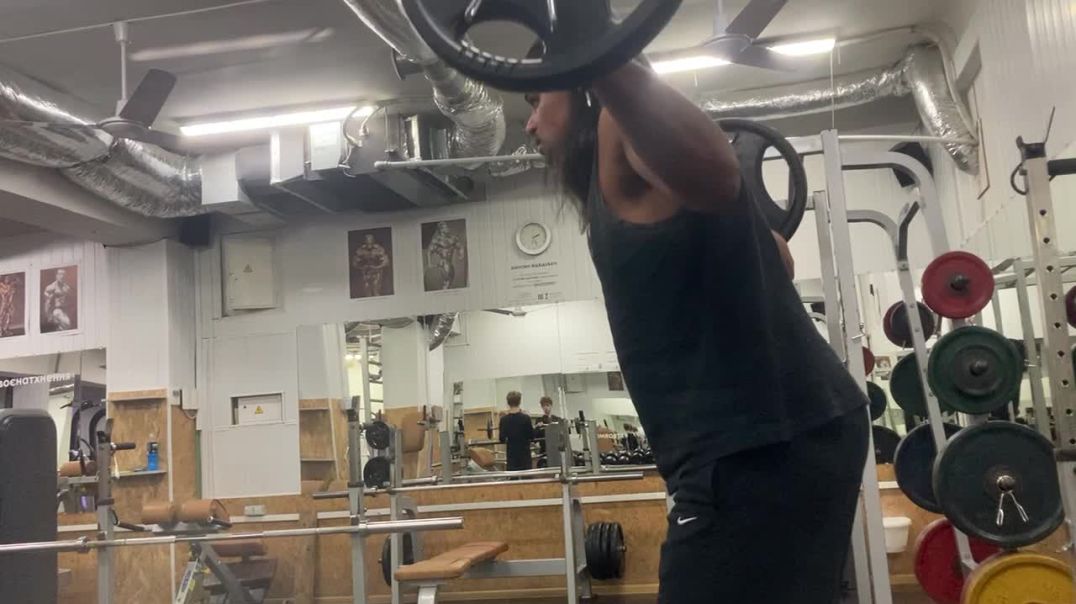Dear Creators, we are proud to announce an amazing affiliate program for you to earn some serious and continual cash. Read about our affiliate progarm here.
Caros criadores, temos o orgulho de anunciar um incrível programa de afiliados para vocês ganharem muito dinheiro de forma contínua. Leia sobre nosso programa de afiliados aqui.
A 135 Year Old Japanese Lumberyard! Global and Domestic Supplier of High Quality Hinoki Wood
Japanese Wood Supplier: Kuwabara Lumberyard in Gero, Japan <br> <br>In this video, we travel to Gero, Japan where we visit the 135 year old Kuwabara Lumber Company. We took a tour with the Fujimoto Traditional Carpentry Company and a representative from the Kuwabara Lumberyard. The lumberyard only deals with Japanese Cypress (Hinoki) sourced from local forests close to the area. The Kuwabara Lumberyard is one of the largest lumberyards in Japan that handles high value Hinoki which is often used in ceremonial buildings, temples, and shrines throughout Japan. Depending on the consumer, the Hinoki can be dried by different methods allowing for the wood to be optomized for certain construction needs. In our tour we learned about 3 common drying methods and 1 not so common drying method. <br> <br>As standard in most lumberyards, the Hinoki wood at the Kuwabara Lumberyard is dried with kilns that are set at a variety of temperatures. Low, Medium, and High temperature drying is available, but these different temperatures can cause a variety of advantages and disadvantages. At low temperature, wood drying slowly and there tends to be more surface cracking, but less discoloration. At medium temperature, wood dries at a moderate pace, however the color can change which is something that is not preferred by some consumers. At high temperature, wood dries quickly and there is no visible surface cracking, but there is still cracks forming in the core of the wood. This internal cracking can't be seen unless it is cut, this may cause structural concerns for consumers. <br> <br>In addition to the customary drying methods explained, we learned about a new drying method that involves high frequency waves. The high frequency waves causes the water within the wood, from the core to the outside, to be superheated causing rapid water evaporation. This method combines the beauty of natural drying with the surface beauty of high temperature drying without compromising on the structural integrity of the wood. The Kuwabara Lumberyard is one of the few facilities in Japan to use this technology. <br> <br>At the Kuwabara Lumberyard, there are numerous sawmills that were constantly moving, cutting massive 1 meter diameter trees down to their necessary sizes. You will see in this video the speed at which these sawmills operated. The speed of the cutting was incredibly fast creating a steady output of wood pieces. These freshly cut wood pieces are then neatly trimmed to length, stacked and separated with wood stickers (made of Hinoki), and prepared for one of the 4 different drying processes. <br> <br>The Kuwabara Lumberyard doesn't work with small consumers. They only deal with larger wood distributors and retailors or home and building construction companies. We were fortunate enough to go to this lumberyard to see the equipment and also learn about the upstream production of wood. <br> <br>Special Thanks to: <br>Kuwabara Lumber Company (http://www.kuwabara.co.jp/) <br>Fujimoto Traditional Carpentry Company (https://ryofujimoto.com/) <br>#japaneselumberyard #carpentrylife <br>Videography: <br>K. Yamashita / G. Leopardi <br> <br>Film Editor: <br>K. Yamashita <br> <br>Cameras Used: <br>Olympus OMD EM-1 Mark III - HD (4k Video) <br>Sony ZV-1 - Vlogging Camera - HD (4k Video)























SORT BY-
Top Comments
-
Latest comments